What are direct view linear LED luminaires
Direct view linear LED luminaires are lines of individually addressable LED nodes that can produce precisely controllable light for architectural accentuation and communicative façade lighting. These fixtures are designed to underline the desired architectural character, make a visually stunning addition to the perception of architecture at night, and convey information that goes beyond transforming the appearance of a façade or structure. Light has been used to envelop a building like a second skin.
Architectural lighting is just as important as the building exterior design itself because it helps define space, generates lasting impressions, creates art from darkness, and enables new perspectives. Direct view linear LED luminaires breathe new life into architectural lighting design which has previously been relying on floodlighting, spotlighting, wall washing, wall grazing to accomplish design goals. Traditional lighting solutions project light towards the building, whereas direct view LED luminaires project light out from the building and offer distinctive capabilities to create architectural impressions.
LED technology ushers in a new era of architectural lighting
With the introduction of LED technology, architectural lighting is poised to roll out a dramatic transformation. LEDs are semiconductor devices that emit light through the intracrystalline recombination of electrons and holes. The controlled injection of both types of charge carriers into the active region of the diode, which favors radiative recombination, results in energy being emitted in the form of electromagnetic waves which are perceived as light. This effect, which is called electroluminescence, gives rise to unique characteristics in LEDs.
Semiconductor emitters differentiate themselves from conventional light sources in that they boast high luminous efficiency, extended useful life, high flux density, inherent spectral tunability, excellent intensity controllability, and solid state durability.
The ability to tailor the spectrum of LEDs enables more customized optimization for specific visual functions and gives lighting designers unprecedented freedom to create the desired color effects. LED products can be designed to emit almost any spectrum of visible light through spectral engineering at the diode, package or module level.
The full, instantaneous dimmability of LEDs makes it possible to dynamically tune the emitted spectrum of a multi-channel LED system.
The small source size enables creation of light fixtures with small footprints and lighter weight, which facilitates architectural integration and minimizes the loading onto structures and cladding elements.
With a slim profile and linear form factor, direct view linear LED luminaires offer the unique ability of installation on façade structures that can’t accommodate traditional lighting solutions.
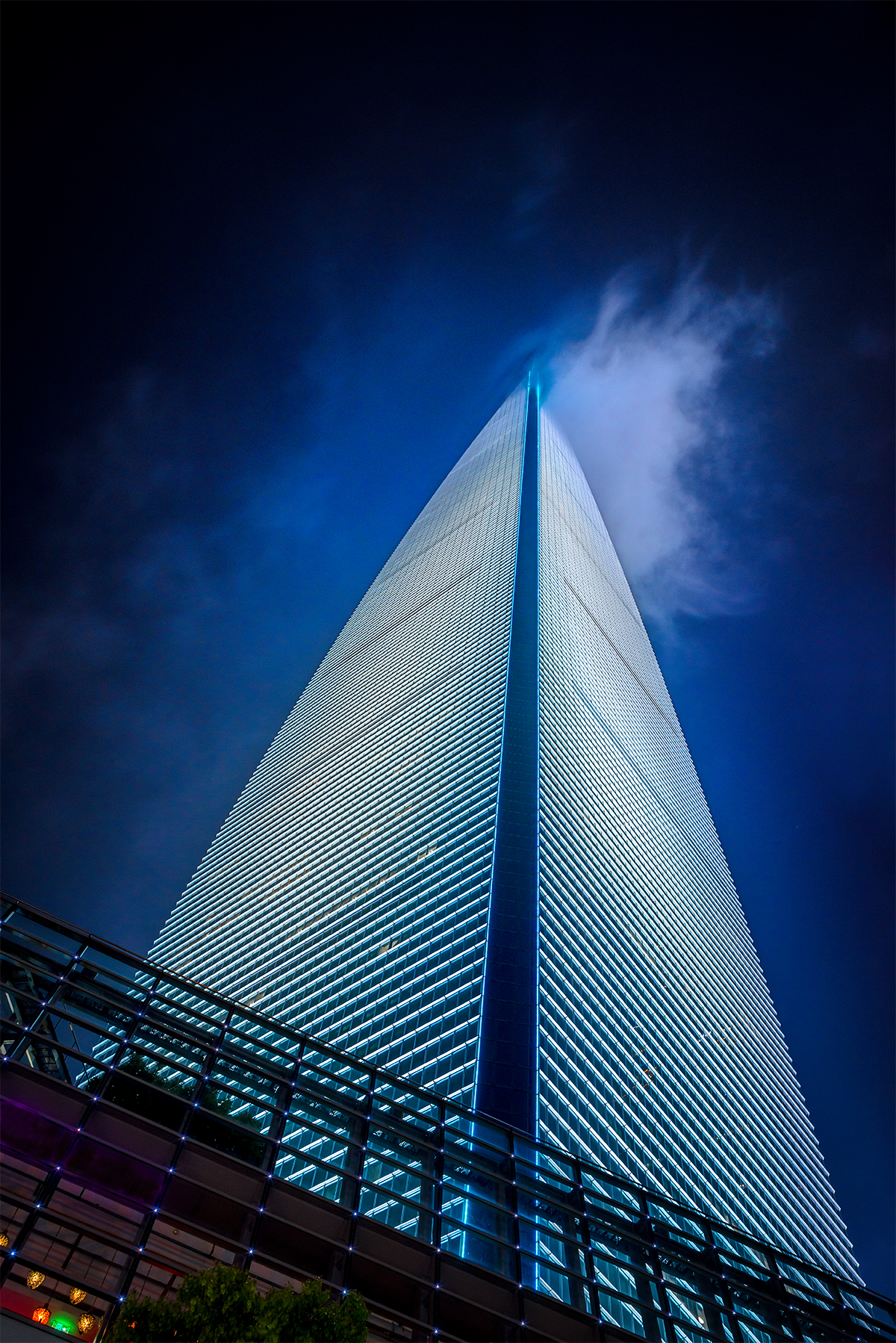
Intelligent facade lighting
Architectural lighting is becoming ever more a convergence of art, marketing and communication. Digitally controllable direct view linear LED luminaires bring the luminous splendor of LED technology to urban landscapes and transform the luminous structures from functional to phenomenal. They are often strategically installed to enhance skyscrapers, office buildings, retail establishments, hotels, stadiums, bridges, and casinos. Light is no longer used to only enhance the intrinsic charm, beauty, and utility of a building.
Direct view linear LED luminaires address the need for a creative way of transforming an architectural installation into a memorable landmark. They highlight the distinctive silhouettes and architectural lines of buildings and iconic structures with lines of actively controllable light that breathe new personality into neutral buildings and convey emotionality.
Direct view linear LED luminaires redefine dynamic aspect of lighting. Intelligent facade lighting solutions with sophisticated interactivity in LED mapping can create not only dynamic and intricate color patterns that appear to move across sequences or grids of fixtures, but also media displays with complex translation of video content for display on LED matrix systems. The technological capability allows building facades of all sizes to be transformed into dynamic communication platforms that can be used to deliver advertisements or engage audiences.
Design and construction
A direct view linear LED luminaire accommodates the linear LED assembly, driver and control electronics in an extruded aluminum housing which forms a rugged, weather-tight, impact and corrosion resistant enclosure in conjunction with the lens, silicone gaskets, die cast endcaps, and waterproof connectors. A membrane vent is usually installed in the enclosure to enable pressure equalization, which is intended to increase the service life of seals and reduce the potential for moisture vapor to condense on lenses. The anodized aluminum housing also provides heat dissipation for the LEDs by way of conduction and convection. The optical lens is either a translucent UV-protected polycarbonate lens that provides a maximized viewing angle, or a clear lens that produces minimal optical losses.
The LEDs are driven by a constant current power supply which runs off AC mains power or uses low voltage DC power as the input. Direct view linear LED luminaires can be installed end-to-end to provide seamless illumination. Optional jumper cables allow to add space between fixtures in a series. They can be connected in series or in parallel (wired to a common junction box). The maximum number of luminaires each circuit can operate depends on the total input voltage and circuit length.
Color production
Direct view linear LED luminaires may be designed to produce solid white, solid color, tunable white, or color-changing light. Tunable white LED systems allow dynamically control of color and intensity and provide a continuously adjustable range of color temperatures.
Multi-channel color mixer systems are used to deliver vibrant lighting effects or create media façades. The standard RGB LED system is capable of creating intensely saturated light but the hue, saturation and brightness values available in the color system are limited. The addition of a white LED to produce an RGBW addresses this issue and allows to create better-quality white light. Adding an amber LED to create an RGBA expands the gamut to include warmer tones such as rich gold, yellow, and orange shades.
To produce the specified color, color tunable LEDs require accurate dimming of their component LEDs. Dimming of the LEDs can be accomplished through constant current reduction (CCR) or pulse-width modulation (PWM). CCR dimming has less complex and less expensive electronic requirements but the output color of an LED dimming using this method can have a noticeable dependency on the drive current that is applied.
Color critical applications often use PWM dimming to maintain the same color throughout the dimming range. PWM dimming can also deliver the LED light output over a full range from 100% to 0%, which is advantageous in calling up any color within the mixing range of a multi-channel LED system.
Control protocol
In a direct view linear LED luminaire, each single-color LED or each component LED of a multi-color LED array is individually addressed. Addressing of individual LEDs or component LEDs allows them to identify the specific control signals. Each single-color LED or multi-color LED, which is often referred to as a lighting node, thus can be individually controlled, turning each direct view luminaire into a row of pixels.
The dimming circuit that operates each single-color LED or each component LED of a multi-color LED array accepts control input through a digital interface. The digital interface is most commonly a conversion device based on DMX512 (Digital Multiplex) or a network protocol designed for Ethernet (e.g., KiNET, the Ethernet lighting protocol from Philips Color Kinetics).
A central DMX or Ethernet controller then communicates with lighting nodes in the network and tells each node what intensity, color and rate of change it should follow. The set of digital instructions creates a light show that can be as simple as color chasing, or as complex as complex as sophisticated presentations calling for hundreds or thousands of individually controllable lighting nodes.
Video controllers can manage and coordinate tens of thousands of lighting nodes in the installation as pixels in a display. Integration with media servers and audio systems creates multimedia installations.


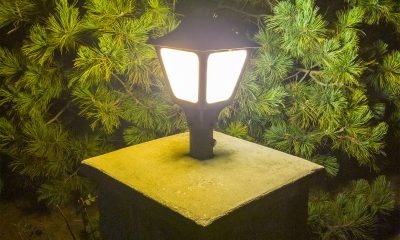
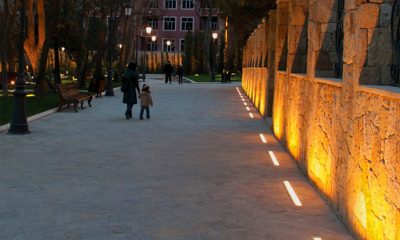
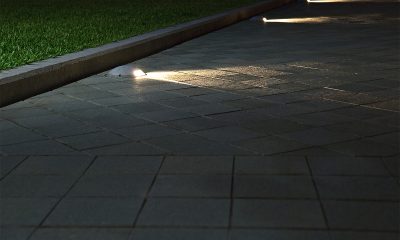

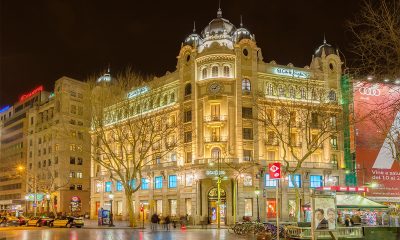
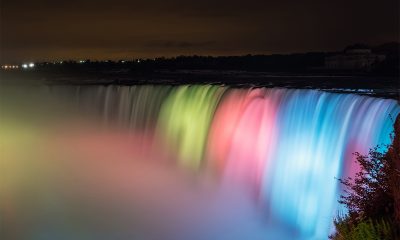

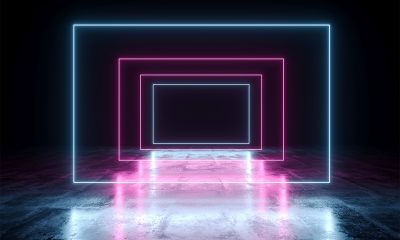

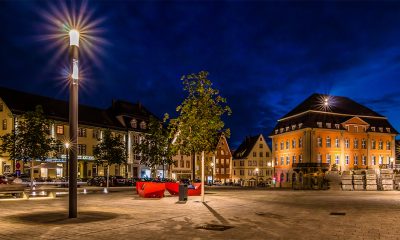
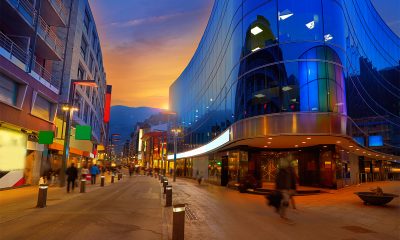





Loading...
New member